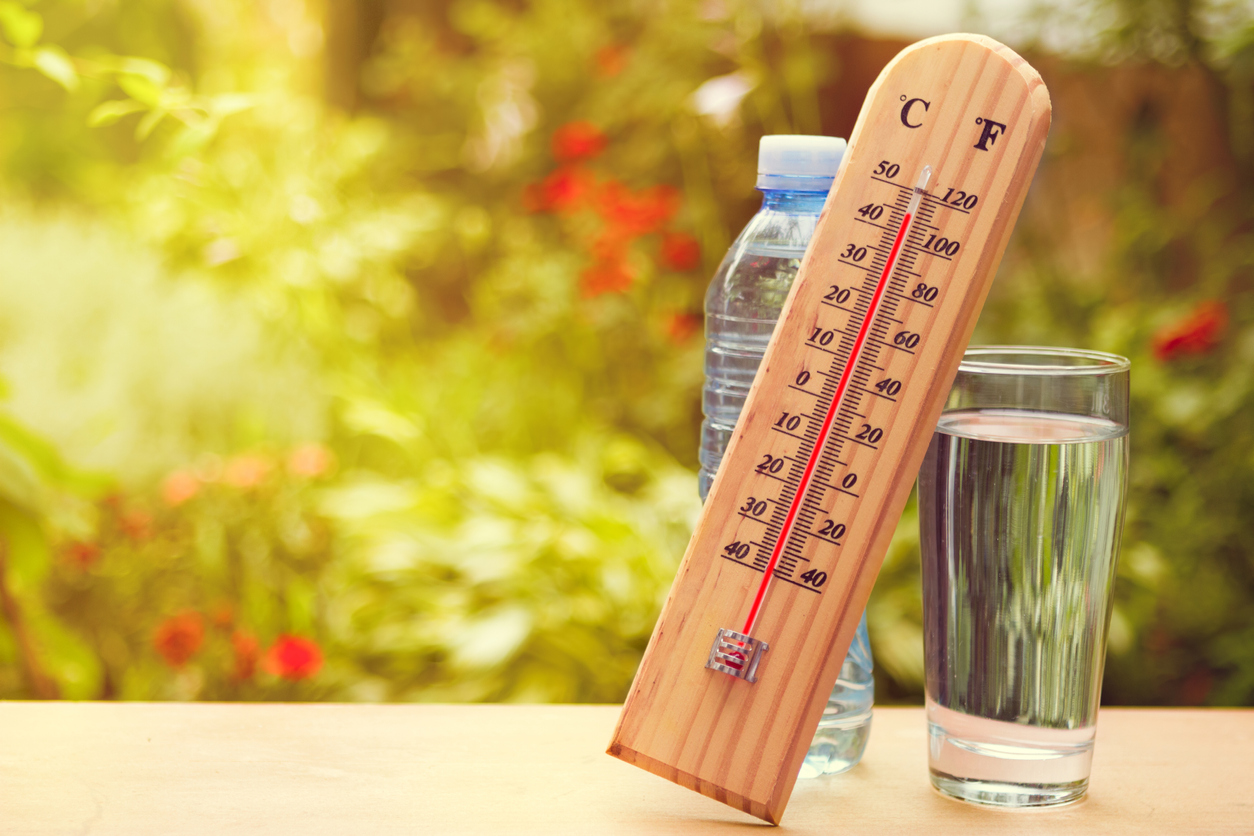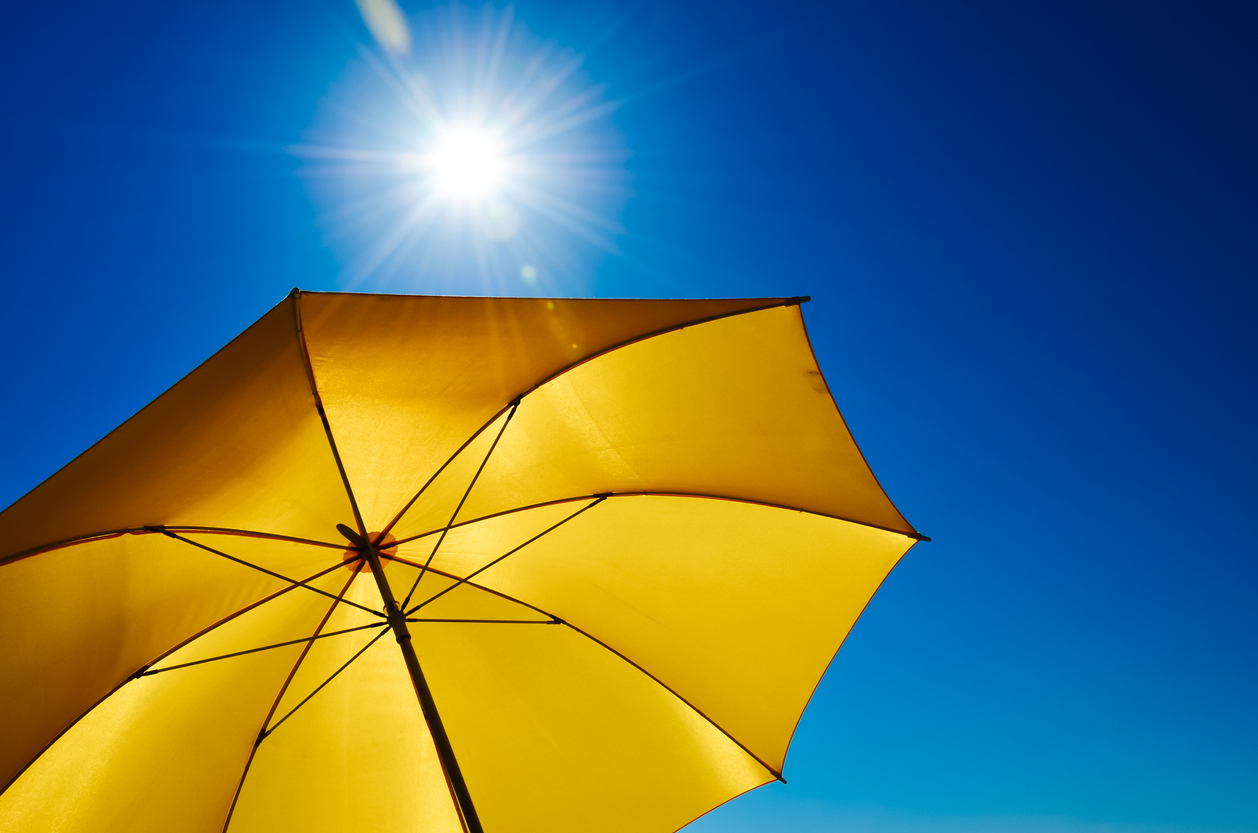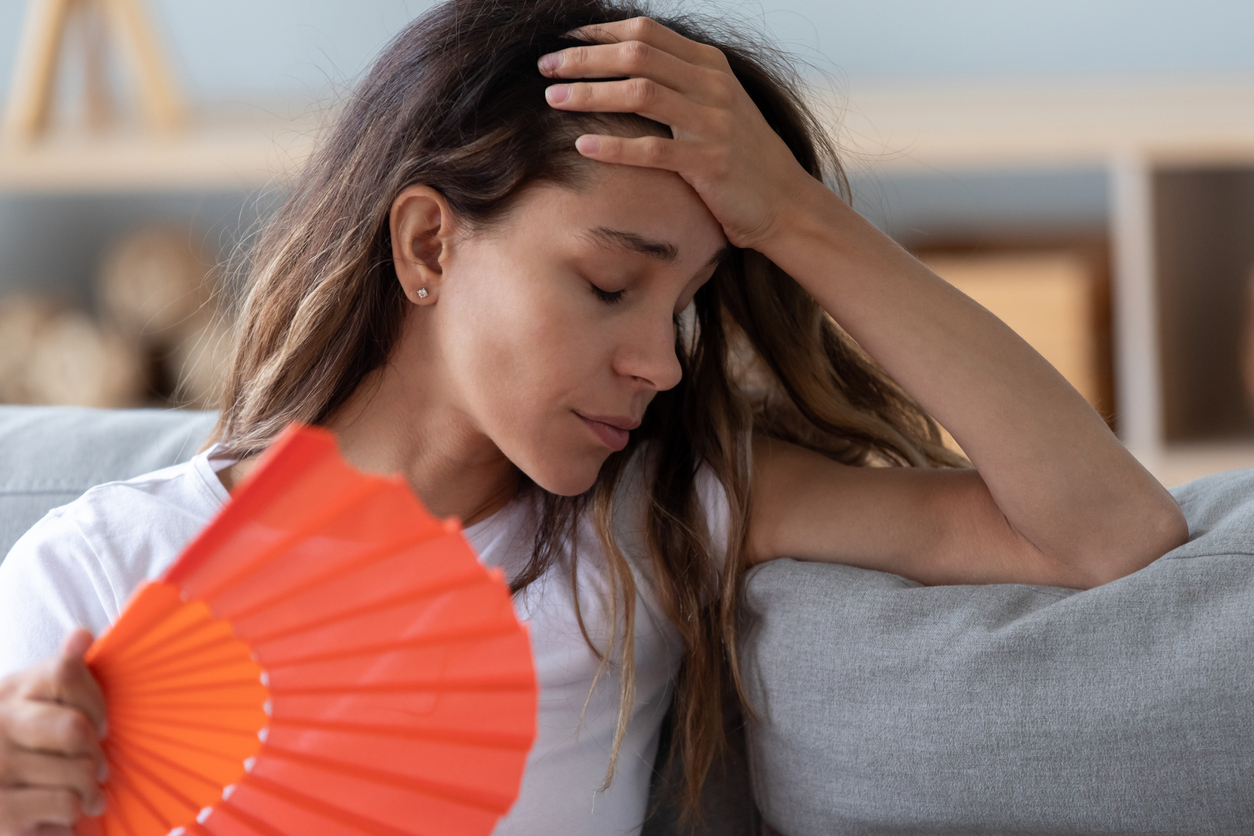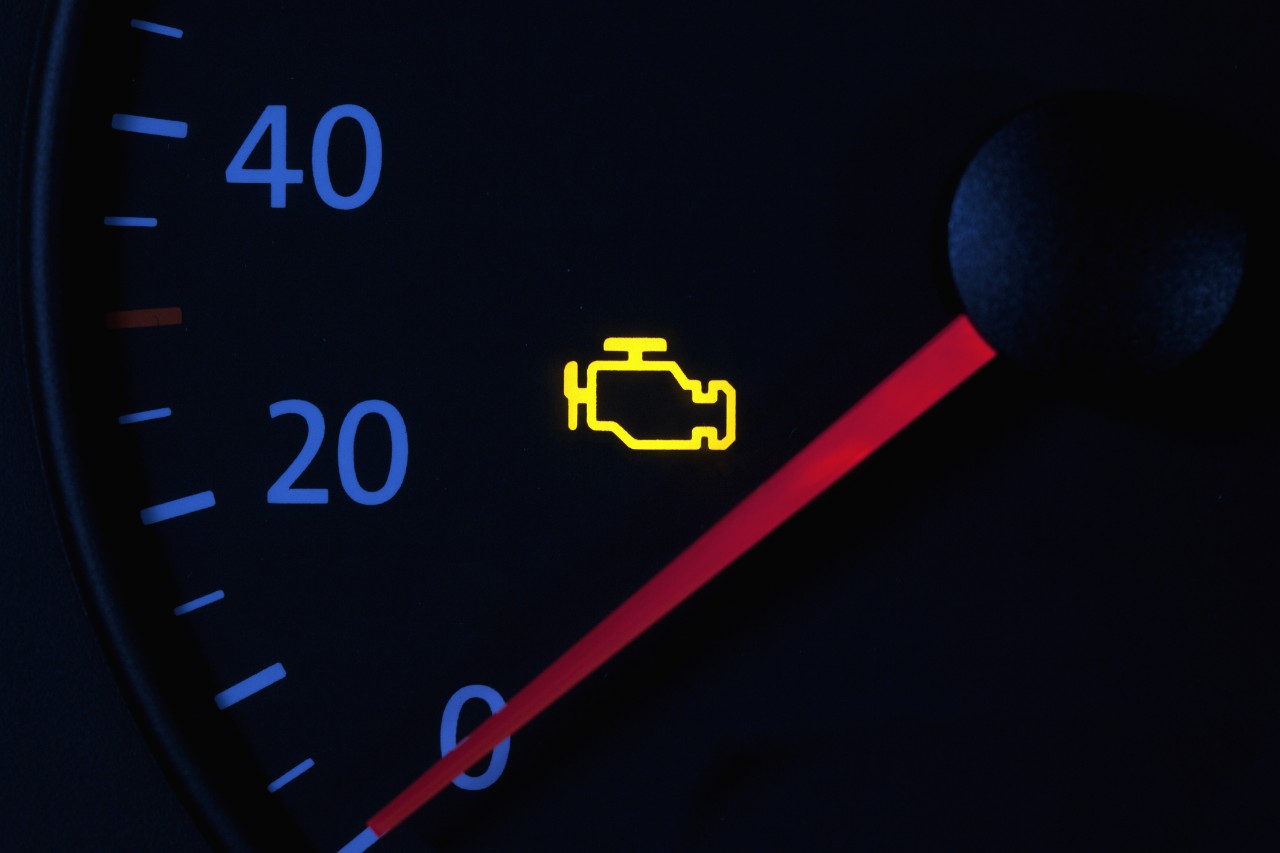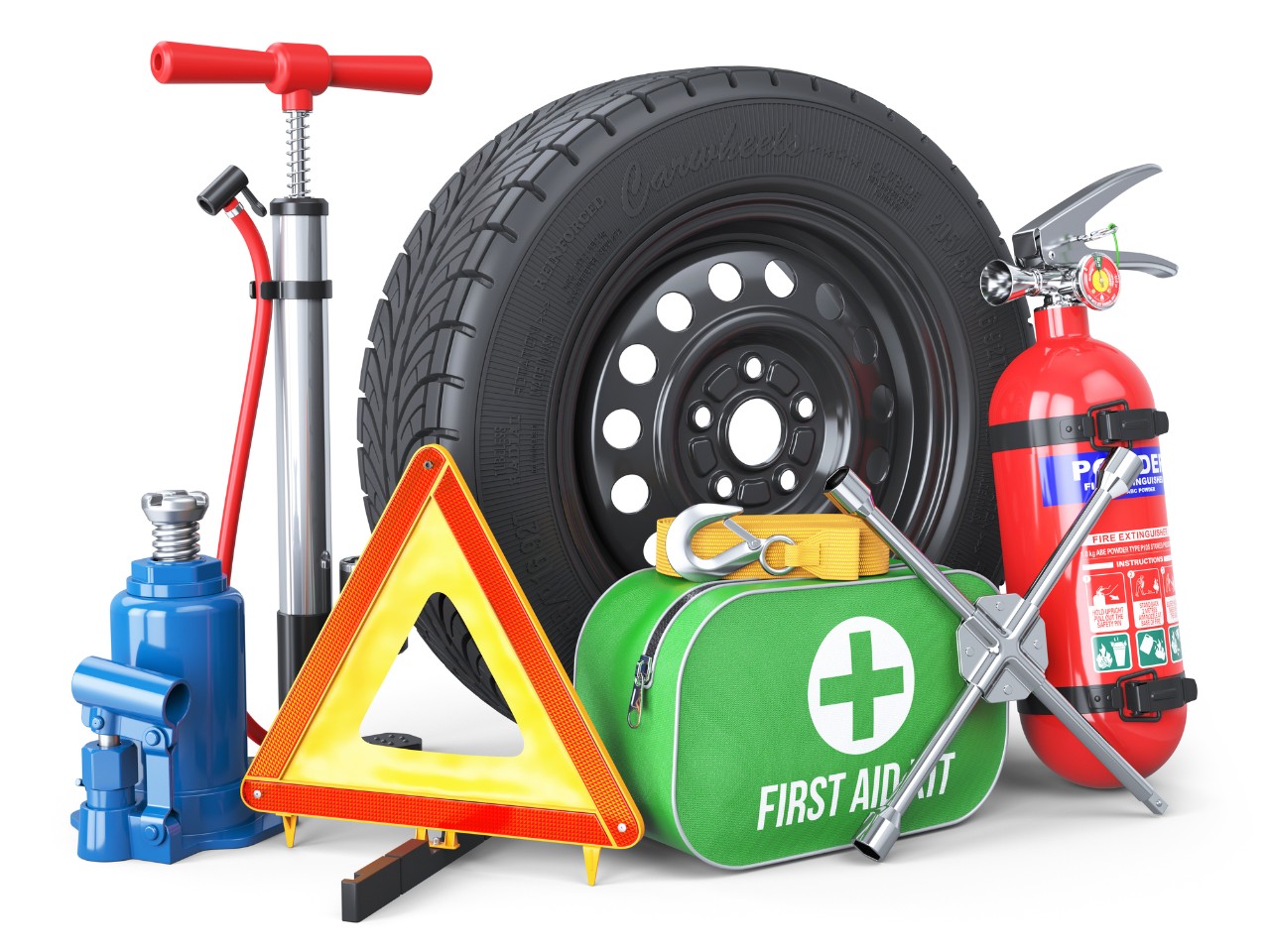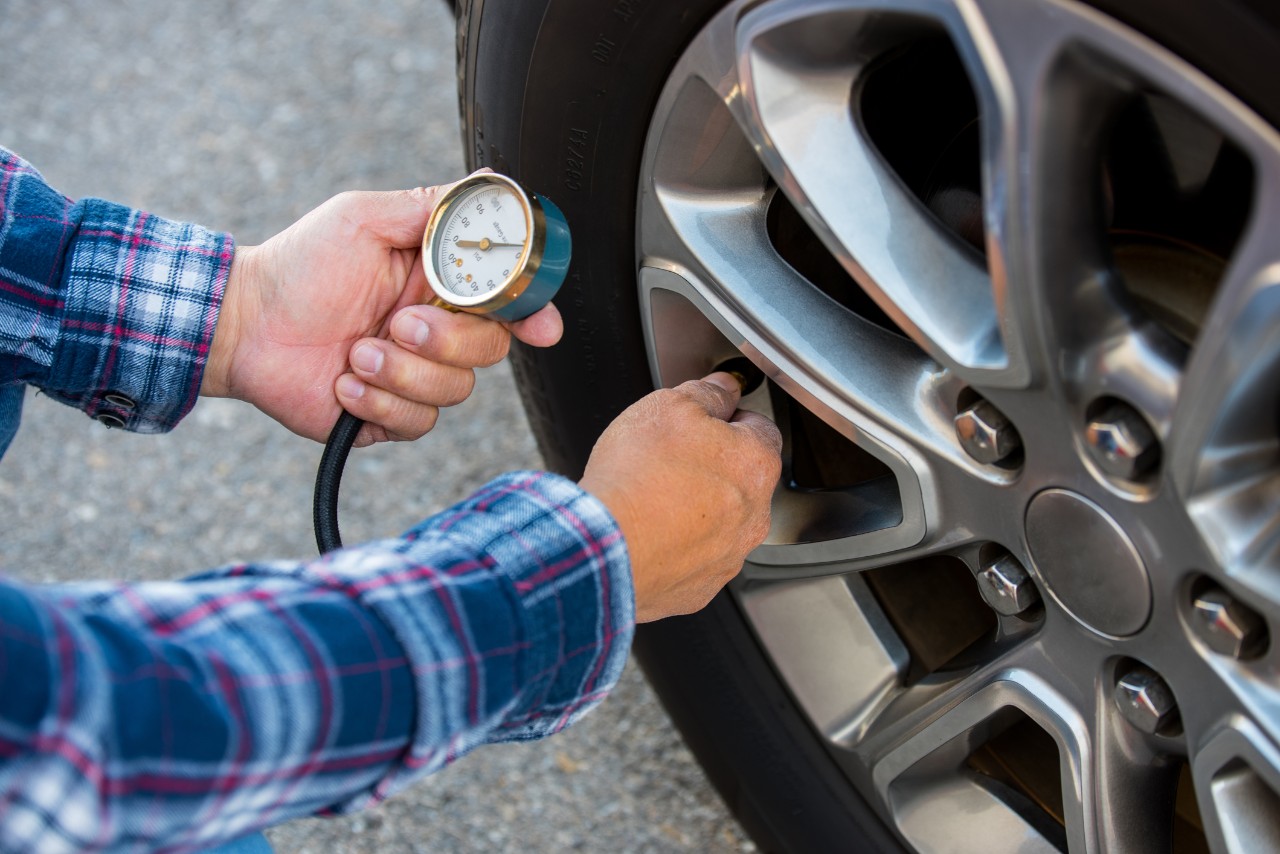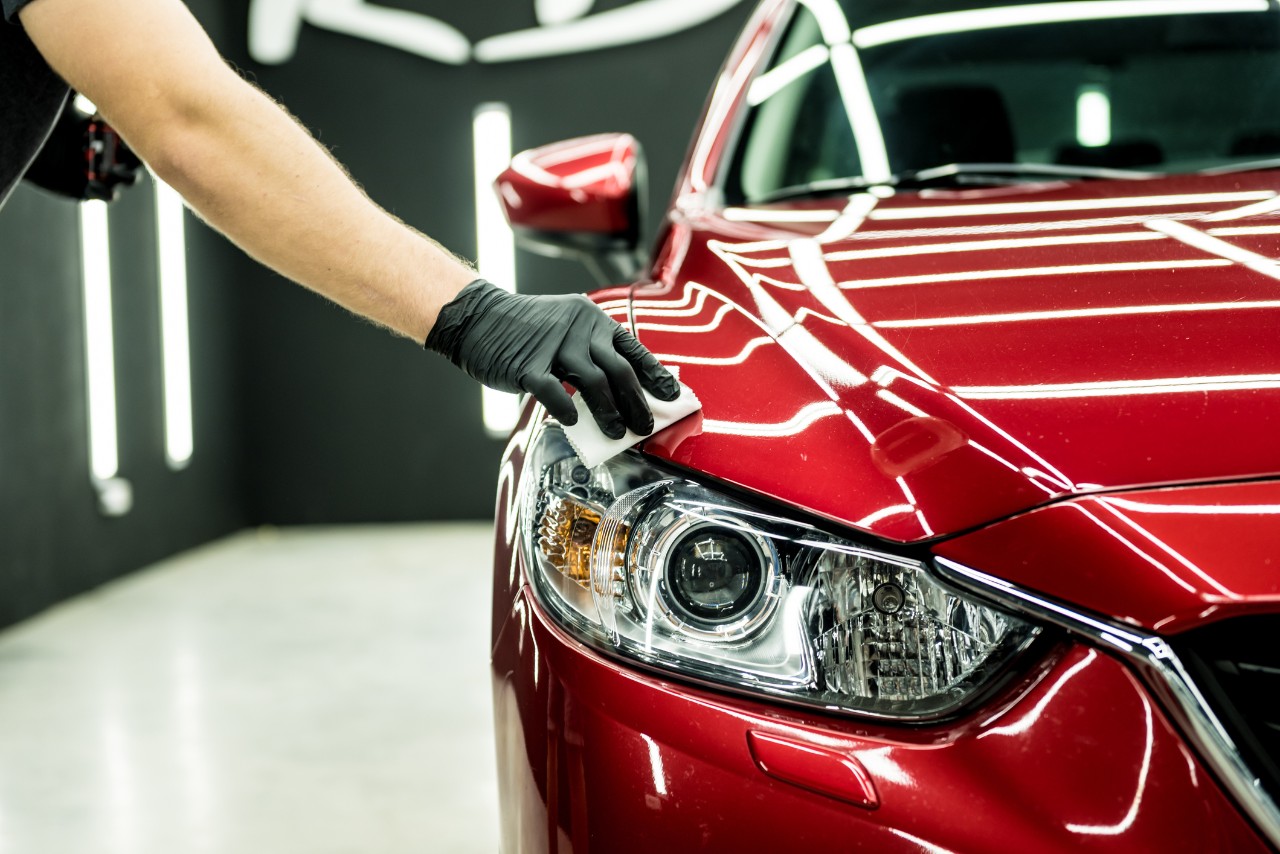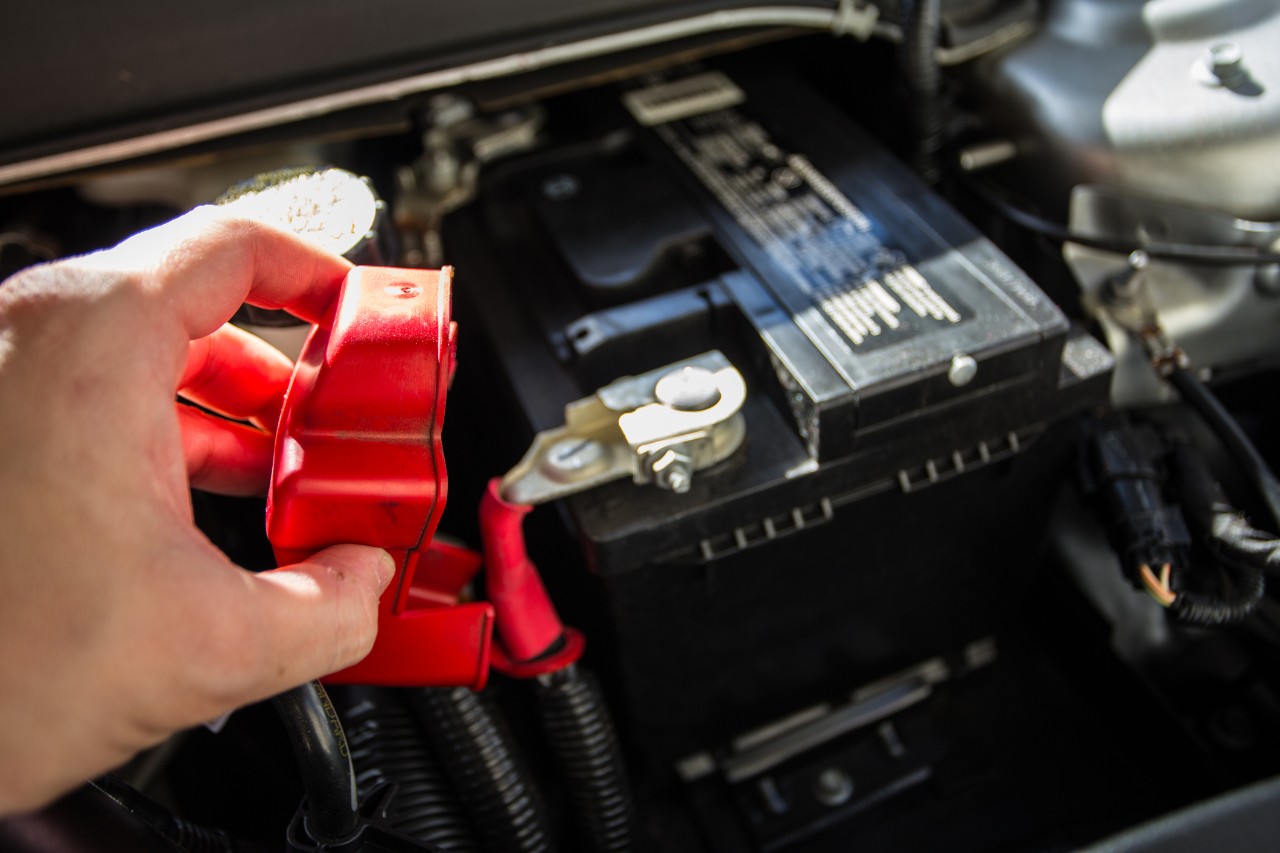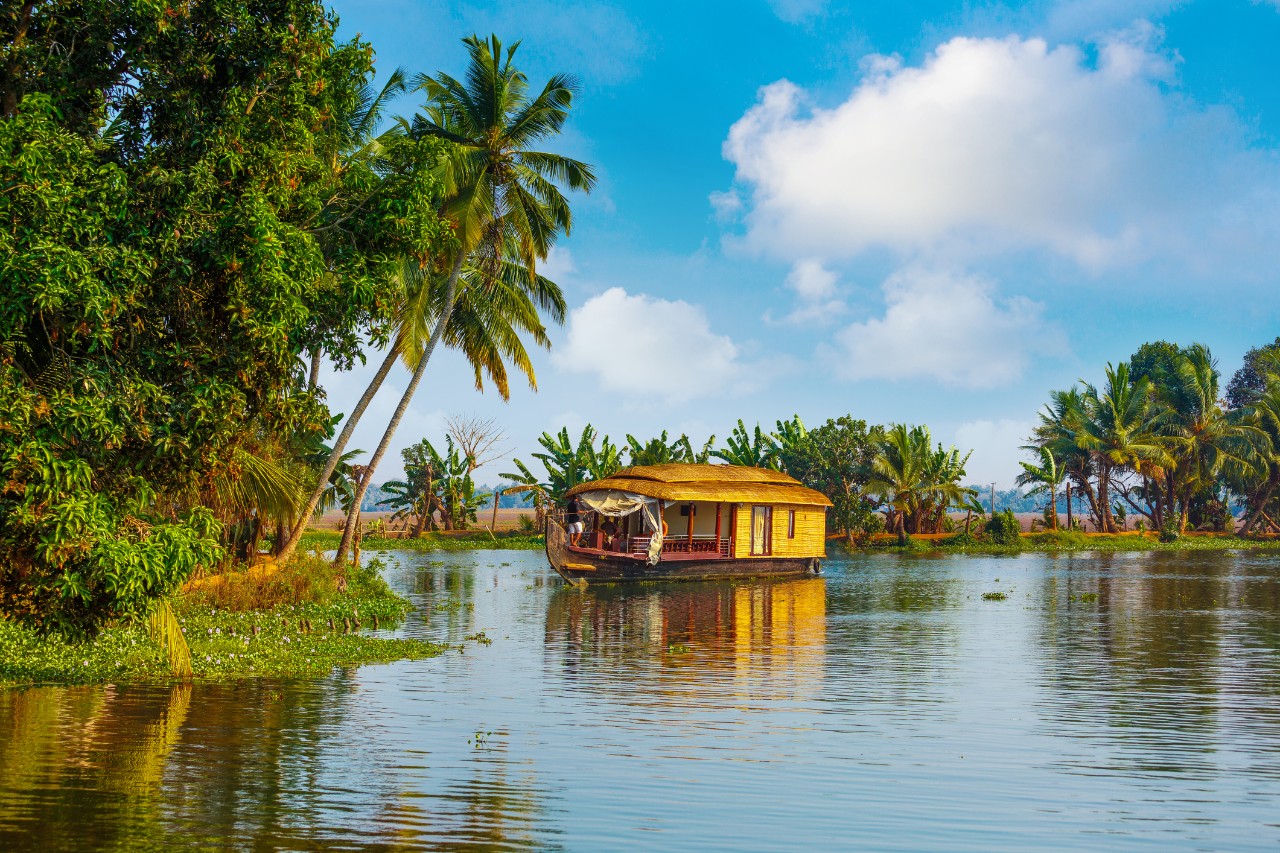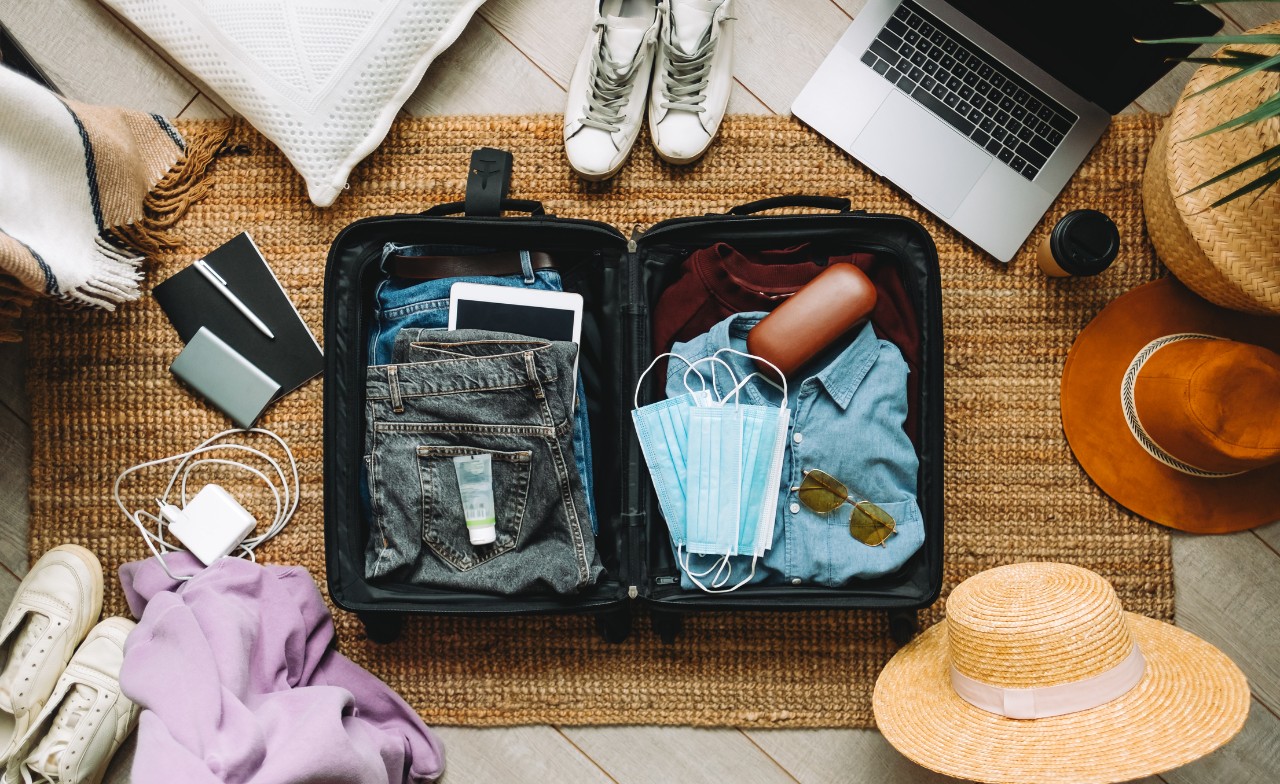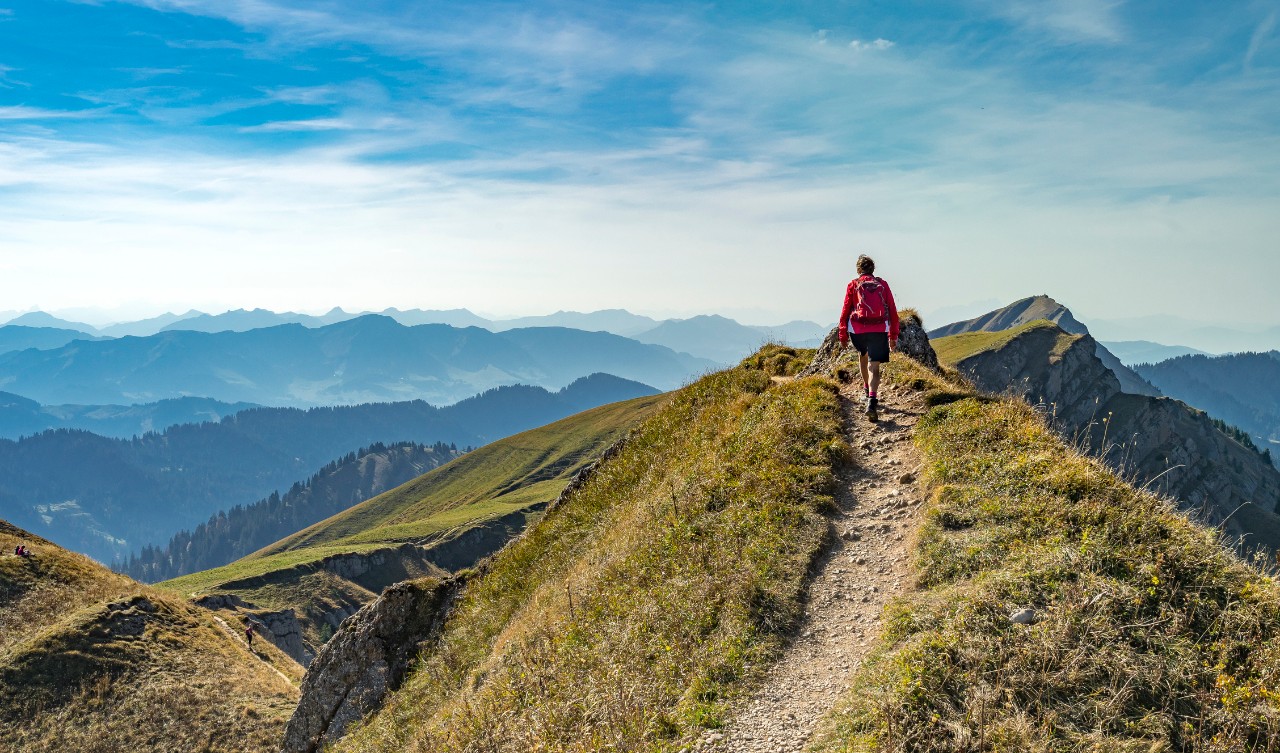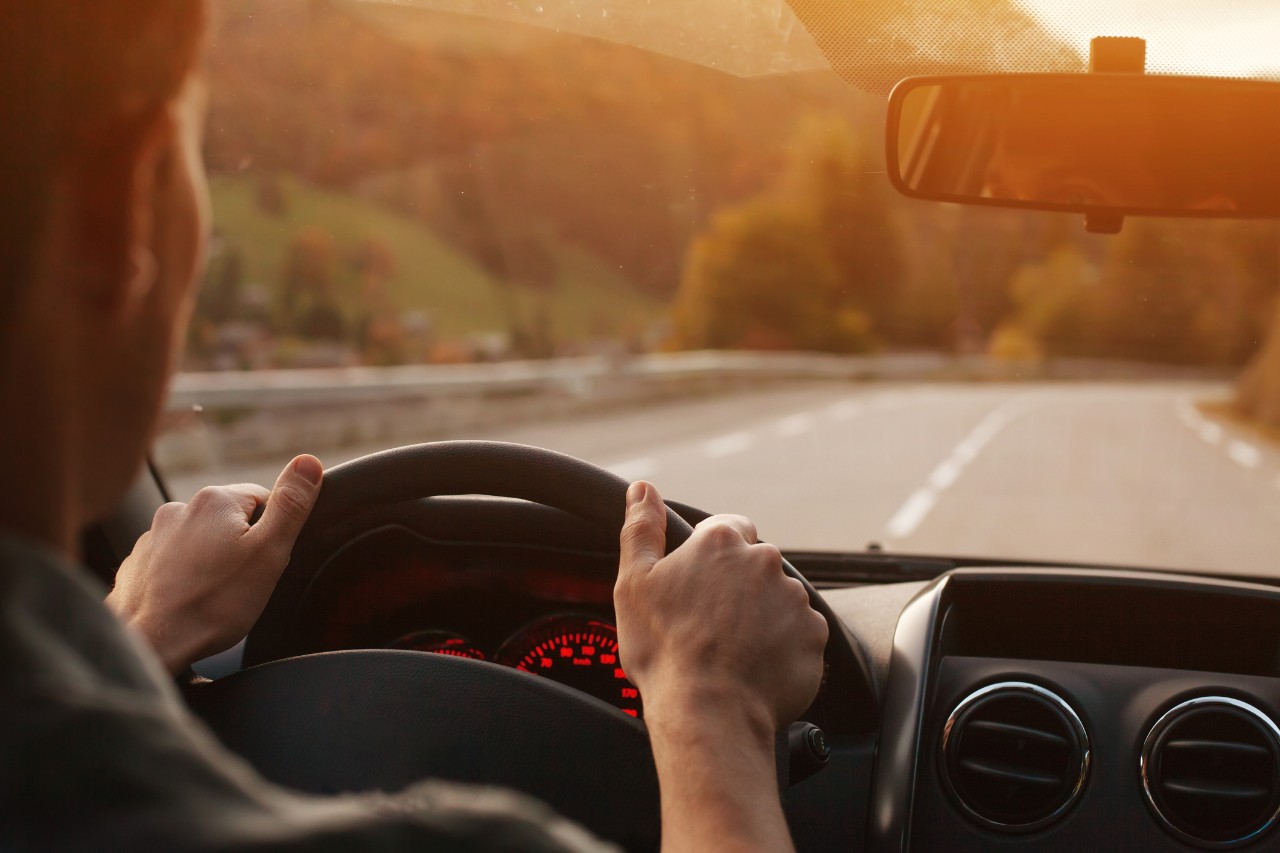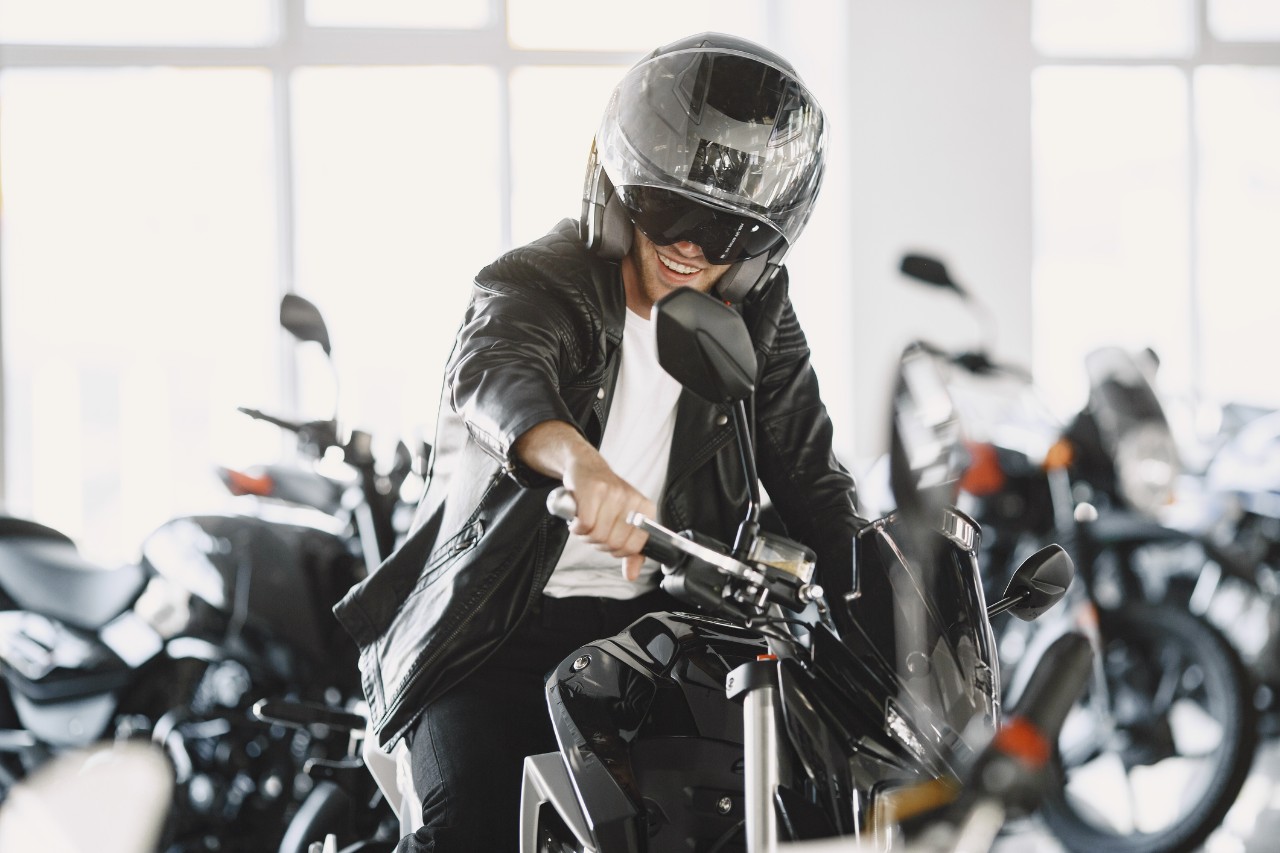We all love at least some essence of every season. And this is because what one season holds for us, the other can not hold the same. But when it’s summer, we forget how dangerously sun strokes can strike us.
But before you read below – everything about strokes, please always remember a special heat stroke situation that’s explained here:-
***A situation that can become life-threatening, especially when a kid, a pet, or an elderly person gets locked inside a car that has no AC running or has no ventilation. In such a case, even if the outside temperature is 15°C, the heat inside the car may cause a heat stroke and also the death of that person. So always stay careful. And in the case of a lost key or locked keys situation, immediately call the Roadside Assistance helpline number.
During sunstroke, the body’s temperature reaches greater than 40°C (104F). This condition can be caused due to staying in very hot external environments or internal environments that are without proper air circulation or very hot.
In summer or hot environments, the body naturally starts sweating in order to cool it down. But high humidity may interfere with this process, leading to less sweating. Consequently, this results in getting trapped by excess heat.
In order of severity, below is the list of sunstroke symptoms:
Riding in the winter demands extra alertness. Open the fog lights if driving in cold conditions makes it difficult for you to drive even turning on with your simple headlights won’t clear the dimness. This will alert the other vehicle coming towards you in a one-way direction to adjust their path before any uneventful collision leaves you awe-struck. My rule of thumb is always looking 15 seconds ahead before you direct your car using your senses.
Less severe sun strokes: They can be treated by giving fluids or by providing cool temperatures.
Severe sun strokes: These treatments are often very serious and need good knowledge. Remember the following steps:
During a severe stroke, the affected person gets unconscious, or may feel an inability to even stand or breath, or may feel heavy tiredness. Hence, make the person sit or sleep and then pour cold water slowly on him or her.
If possible, immerse the body carefully in cold water. But avoid immersing the face as water will get inside the nose and can lead to a more severe condition.
If a person is unable to drink fluids, then intravenous fluids are provided.
Call an emergency helpline number or ambulance to immediately take the person to the nearest hospital.
Definitely, the above steps can help during a sunstroke. But why not stay smart and prevent sunstrokes at the right time? Finally, don’t forget that any health condition can be discussed with a healthcare consultant and good knowledge can be gained to save loved ones from any health ailments.
Caution: Always remember, in case of an emergency, never wait. Please rush to the nearest hospital at the earliest.
.png)
.jpeg)
